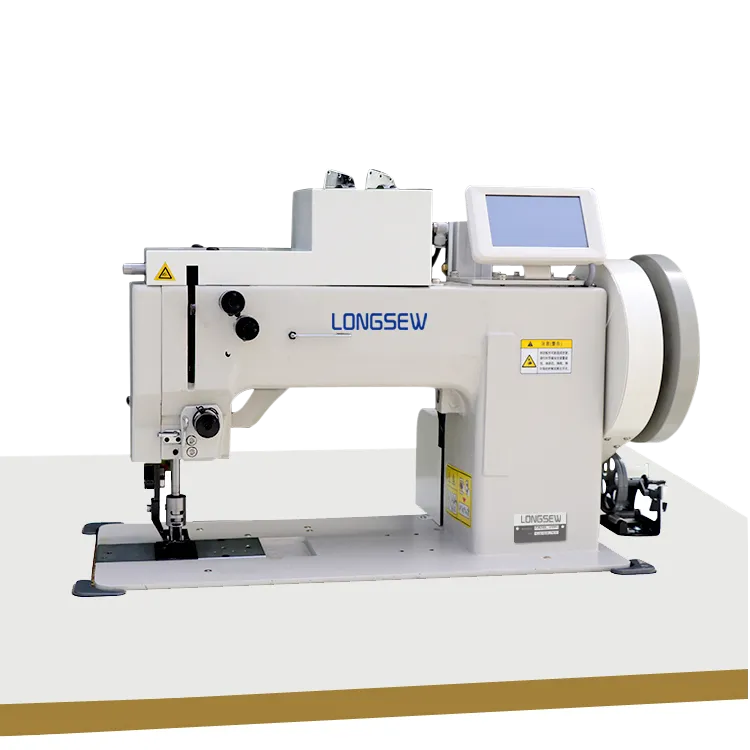what's the difference between an overlocker and a coverstitch machine
Understanding the Difference Between an Overlocker and a Coverstitch Machine
When venturing into the world of sewing, you may encounter various machines designed to enhance your crafting experience. Among the most popular are the overlocker and coverstitch machines. While they may seem similar at first glance, they serve distinct purposes and offer unique functionalities. In this article, we will explore the differences between these two types of sewing machines, helping you decide which one may be right for you.
What is an Overlocker?
An overlocker, also known as a serger, is a specialized sewing machine designed primarily for finishing edges. It utilizes multiple threads—typically three or four—to create a stitch that encases the raw edges of fabric, preventing fraying and unraveling. The overlocker works at high speeds and can cut as it sews, making it highly efficient for seam finishing.
One of the key features of an overlocker is its ability to create various stitch types that add elasticity to seams, making it ideal for knit fabrics. Common stitches produced by an overlocker include the 4-thread overlock stitch, 3-thread overlock stitch, and rolled hem. This versatility can help sewists create professional, polished projects, particularly in garment construction.
What is a Coverstitch Machine?
On the other hand, a coverstitch machine is designed for applying hems and topstitching. It is often used in conjunction with an overlocker to achieve a polished finish, particularly when working with knit fabrics. The coverstitch machine creates a flat, stretchy stitch that is ideal for hems, allowing the fabric to retain its elasticity.
Unlike the overlocker, the coverstitch machine typically uses two needles and a looper, which results in a distinctive double-needle stitch appearance on the right side of the fabric
. The most common stitch produced by a coverstitch machine is the double coverstitch, providing a clean finish on the right side while leaving a chain stitch on the underside.what's the difference between an overlocker and a coverstitch machine

Key Differences
1. Functionality The primary difference between the two machines lies in their functionality. The overlocker is mainly used for finishing seams, while the coverstitch machine is designed for hems and decorative stitching.
2. Stitch Types Overlockers produce a variety of stitch types that are best for encasing raw edges and adding elasticity, including rolled hems and flatlock seams. Coverstitch machines focus on creating a flat, stretchy stitch, ideal for hems and topstitching.
3. Thread Configuration Overlockers typically use multiple threads (usually three or four), while coverstitch machines generally use two needles and one looper. This thread arrangement impacts the appearance and function of the stitches produced.
4. Usage Sewists often use overlockers for finishing seams before the final sewing step, making them crucial for garment construction. Coverstitch machines are used at the end of the sewing process to create professional-looking hems, particularly on knit fabrics.
5. Flexibility Overlockers can handle a wider range of fabric types, including heavier fabrics and serging through multiple layers, whereas coverstitch machines are more specialized for lightweight to medium fabrics, primarily knits.
Conclusion
In summary, while overlockers and coverstitch machines may appear similar, they are designed for different purposes in the sewing process. An overlocker is essential for finishing edges and adding elasticity to seams, making it a staple for garment makers. In contrast, a coverstitch machine excels at applying hems and creating a professional finish. Understanding the unique capabilities of each machine will empower you to choose the right tool for your sewing projects, ensuring that you can achieve the beautiful and high-quality results you desire. Whether you opt for one or both machines will depend on your sewing needs and the types of projects you undertake.
-
Heavy Duty Leather Sewing Machine: A Must-Have for Professional LeatherworkNewsMay.28,2025
-
Leather Sewing Machine: Essential for High-Quality LeathercraftNewsMay.28,2025
-
Extra Heavy Duty Sewing Machine for Premium Leather ApplicationsNewsMay.28,2025
-
Walking Foot Cylinder Arm Sewing Machine: Precision and Power CombinedNewsMay.28,2025
-
Industrial Cylinder Arm Sewing Machine: Engineered for High-Performance StitchingNewsMay.28,2025
-
Cylinder Bed Sewing Machine: A Powerful Solution for Precision StitchingNewsMay.28,2025
-
Zigzag Sewing MachineNewsMay.12,2025





























